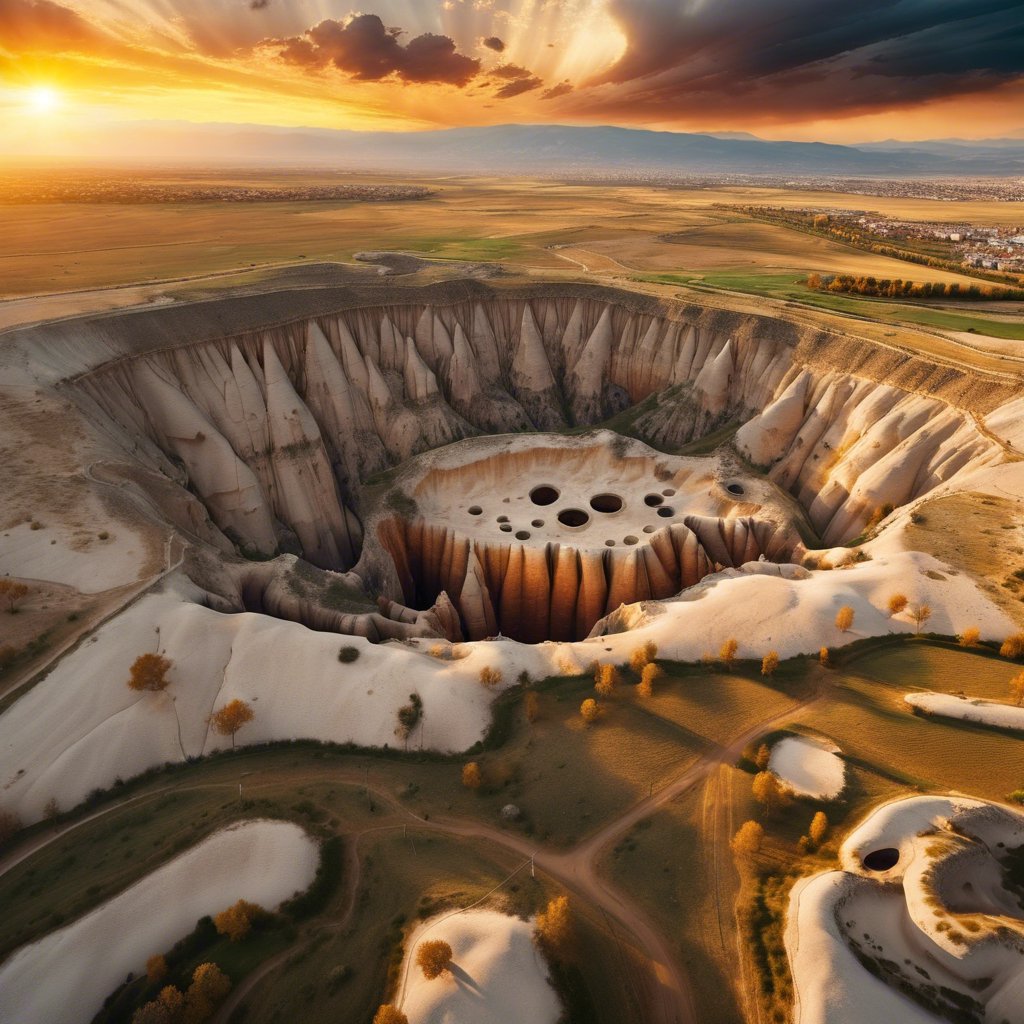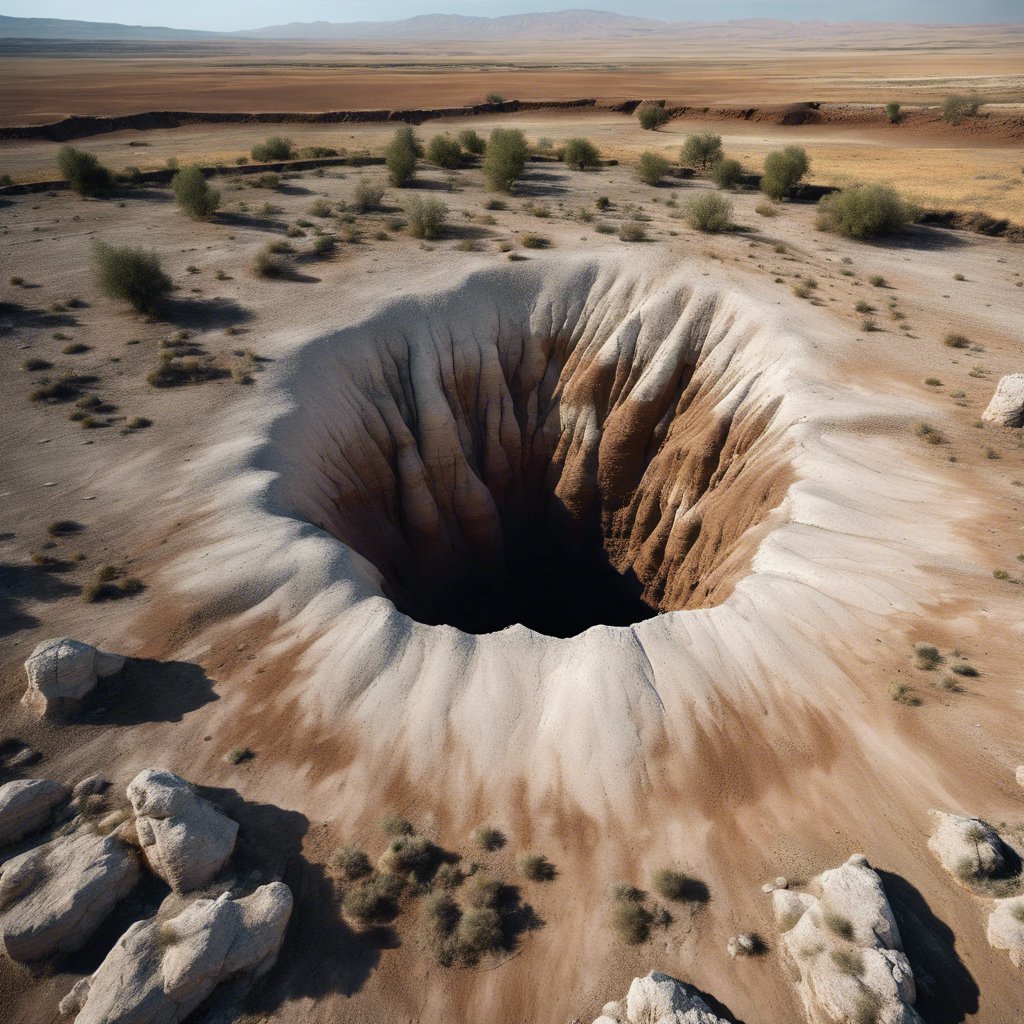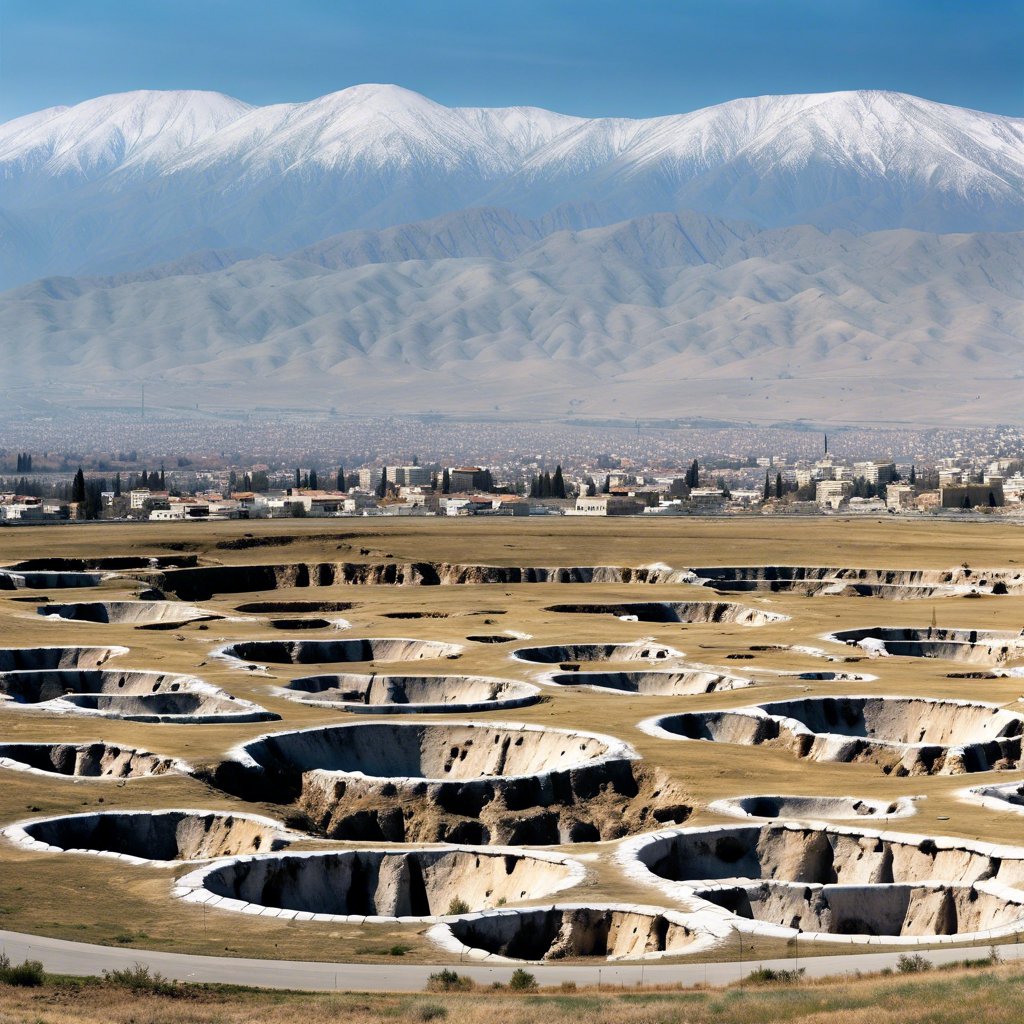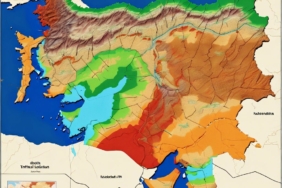In recent years, a significant increase in the number of sinkholes has been observed in the Konya Plain, especially in the Karapınar district. At the same time, the ponds and wetlands in the basin were in danger of drying out and many disappeared. The effect of drought is also manifested by surface cracks. The depth of the surface cracks formed 15-20 kilometers away from the city center can sometimes reach 4-5 meters.
Konya Technical University Geological Engineering Lecturer Assoc. Dr. Arif Delikan explains the formation of surface fissures as follows: “The number of such fissures in the Konya region is increasing considerably. The biggest reason for this is drought. No matter how much precipitation falls or falls, global warming causes surface water to disappear. For example, the lake formations in Hotamış Lake, Akgöl and Sultaniye Basin have completely dried up. Apart from this, the water in the sinkholes is also disappearing. This situation is caused by extreme heat and drought. As the water on the surface begins to sink underground, the spaces in between begin to collapse. If these gaps are wide, sinkholes form; If there is no large gap, compaction occurs within young sediments. “The young sediments in this region are located in the middle of the Konya fault zone and the dip-slip faults to the east.”
Impact on Building Stocks
Assoc. Dr. Arif Delikan said, “There are thick sediments in the middle of the region, but the young sediments at the edges are thinner. Excessive subsidence in the central part causes fissures to form when the basin edges cannot accommodate this situation. We call this aseismic faulting or surface deformations. As long as the drought continues, surface deformations will cause fissures up to 4-5 meters deep in Konya’s Hotamış, center, Zazadın Hanı, Ağırpınarbaşı, Tuzlukçu and Çumra regions. The roads through these cracks cause deformation, cracks and collapses in transportation lines. The bottoms of underground power lines and water lines may become empty and this may lead to deformations. Bending may occur in the power transmission lines on the surface, and in the worst case, if they pass under the building stocks, it may cause cracks and deformations. “Depending on the size and collapse speed of these cracks, structures may collapse or serious cracks may occur, which will damage all building stocks on the surface.”
Cracks in the 800-Year-Old Seljuk Inn
Surface cracks also caused cracks in the walls of the 800-year-old Zazadın Inn, which was built during the reign of Seljuk Sultan Alaeddin Keykubat and built by Sadettin Dog, one of the architects of the Seljuk State. Assoc. Dr. Delikan said, “Unfortunately, some of these cracks pass through Zazadin Inn. We examined this place as well and found that there were cracks cutting across some of the walls and small settlements. This damage will continue. For such structures, together with expert civil engineers, soil mechanics experts and geologists, the question ‘What precautions should be taken for these?’ Studies are being carried out on it. “Thus, these important structures can be stabilized.” He gave information as follows.















